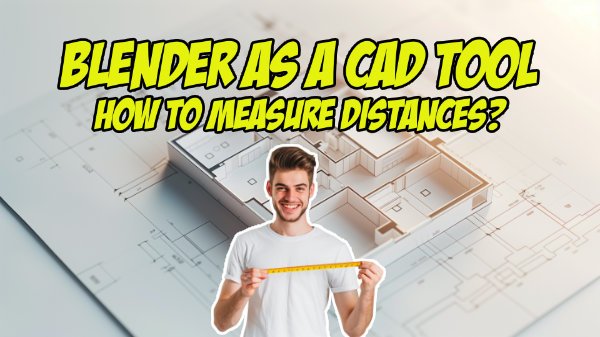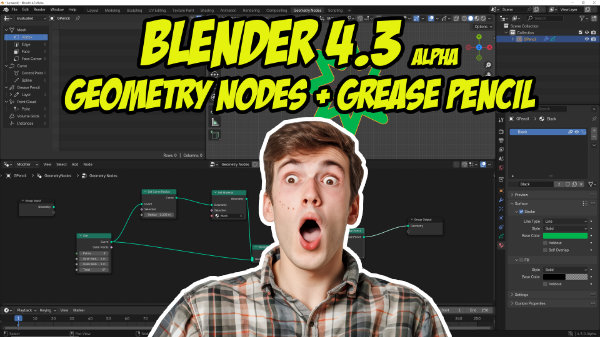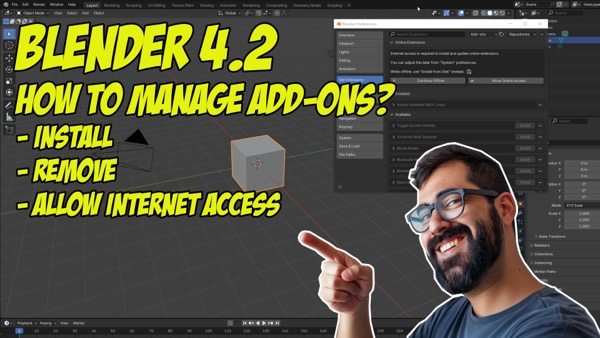
Quick guide to model walls in Blender 3d for architectural visualization
I often get e-mails and questions from architects and students interested on migrating their visualization workflow to Blender 3D, and start to produce 3d models for architecture. They get interested on Blender based on artwork seen on the internet and the great renderers produced in LuxRender, YafaRay and Indigo with Blender 3d used as the modeler. So, to help those artists willing to start working with Blender as a visualization tool, I decided to produce a small guide to create the most basic element for any architectural visualization project, which is the wall.
How can we model walls? This may be a simple question to answer for an experienced user, but for beginners or new users it is very hard to change the workflow. Believe me when I say that the way walls are modeled in tools like 3ds Max or Cinema 4D is really different. I`m saying it`s different, but not difficult.
In order to help those users I setup a guide with general tips to create walls. Here is the list of things you should do to create walls faster, even without the aid of a CAD file:
- Work mostly with the Edge select mode to extrude and manipulate the model;
- Pick a scale of meters to use in your projects, working with the equivalence of one Blender unit to one meter (1 BU = 1 M);
- By using meters as the scale of your projects, external renderers like LuxRender and Indigo will recognize the measurements of the project correctly, since they also use meters as default scale;
- To connect edges and create new faces, always use the F key when two different edges are selected;
- Plan the modeling of the project in order to create the openings for doors and windows with the extrude of the wall. Avoid to edit the walls later, because it will lead to the use of Booleans to place doors and windows;
- Use the snap tools of Blender by holding down the CTRL key or with the vertex snap tool (SHIFT+TAB);
- If you need to cut or add new edges to the walls, choose to use the Face Loop Cut of Blender (CTRL+R);
- Keep the edge loops organized to avoid problems in the future.
If you never saw a set of walls to be modeled in Blender 3D, I manage to create a quick video showing the application of those tips. It`s a time-lapse video, but it`s a great way to show the use of those guidelines in a practical example.
Quick guide – Modeling walls for architectural visualization from Allan Brito on Vimeo.
Another important tip is to split the faces of the objects, if you find too hard to add textures of materials to a single object with several faces, in Edit Model we can press the P key to call a tool named Separate. It can create new objects based on the selected faces of any 3d model.
I hope that with this small guide, new artists and architects willing to use Blender 3D for architectural visualization can get started to model their own projects.





Thanks Allan for this quick overview!
In future I´ll have to use the edge tool much more.
good to know that i use the same workflow for building walls like the pro´s do.
regards
reedbeat
Thank you Allan!
It’s great to see people like you helping others out. This set me on the right track; I appreciate it!